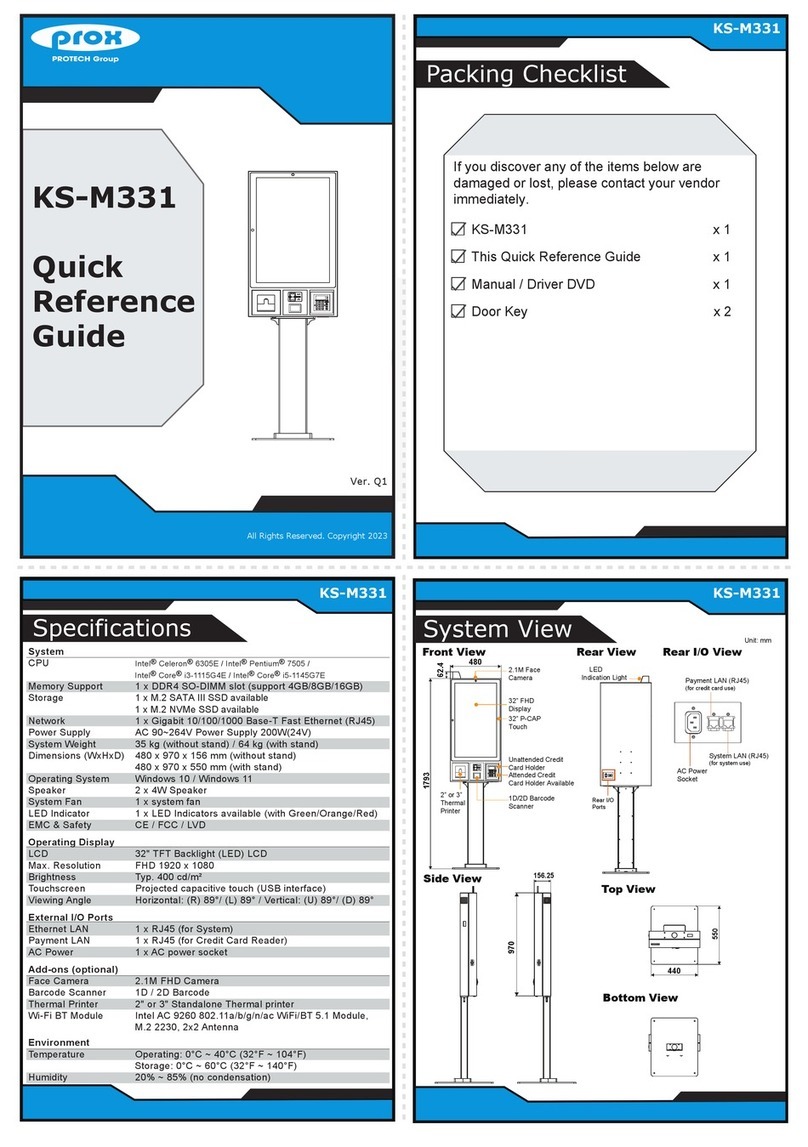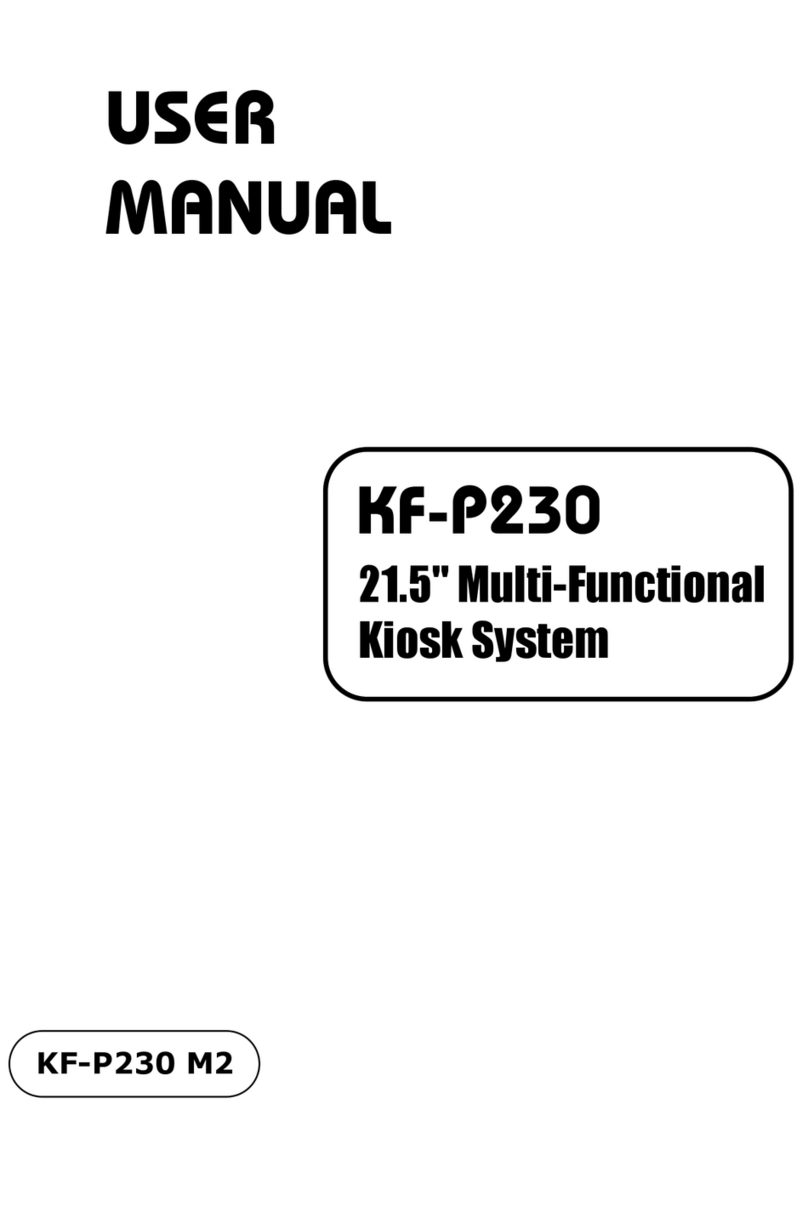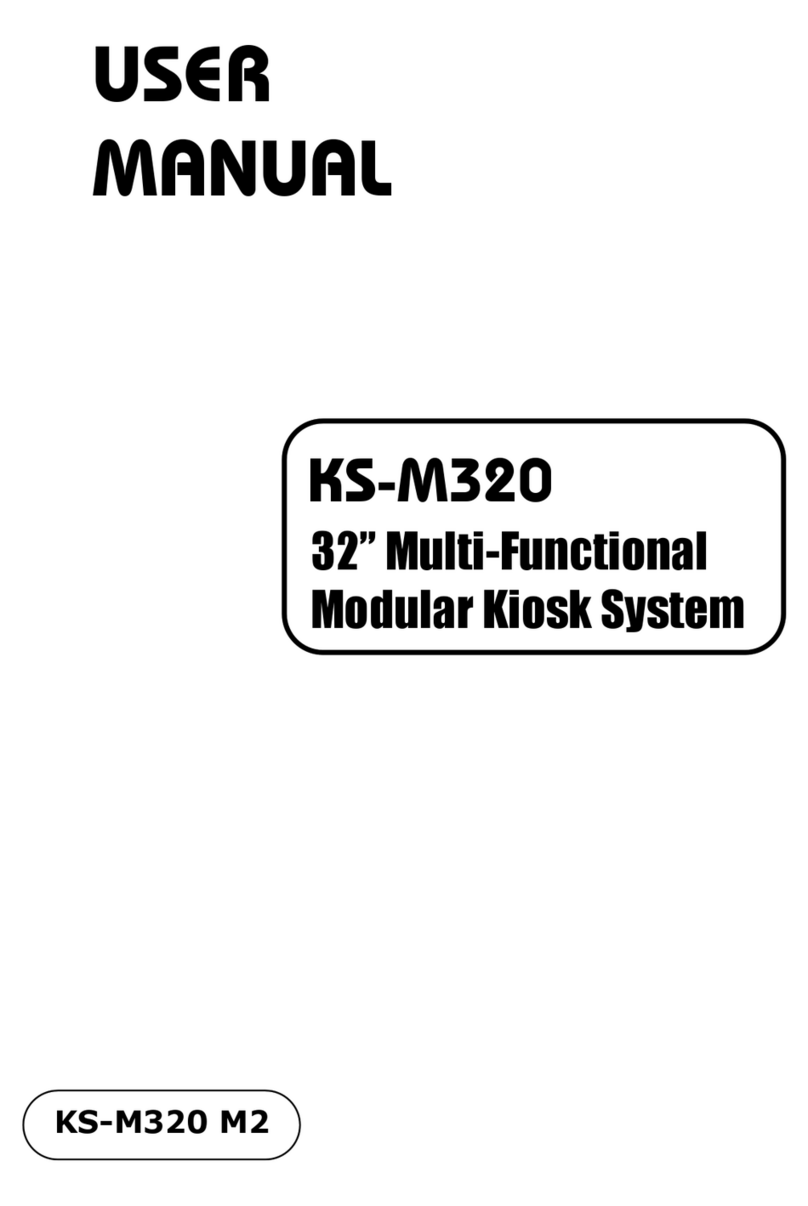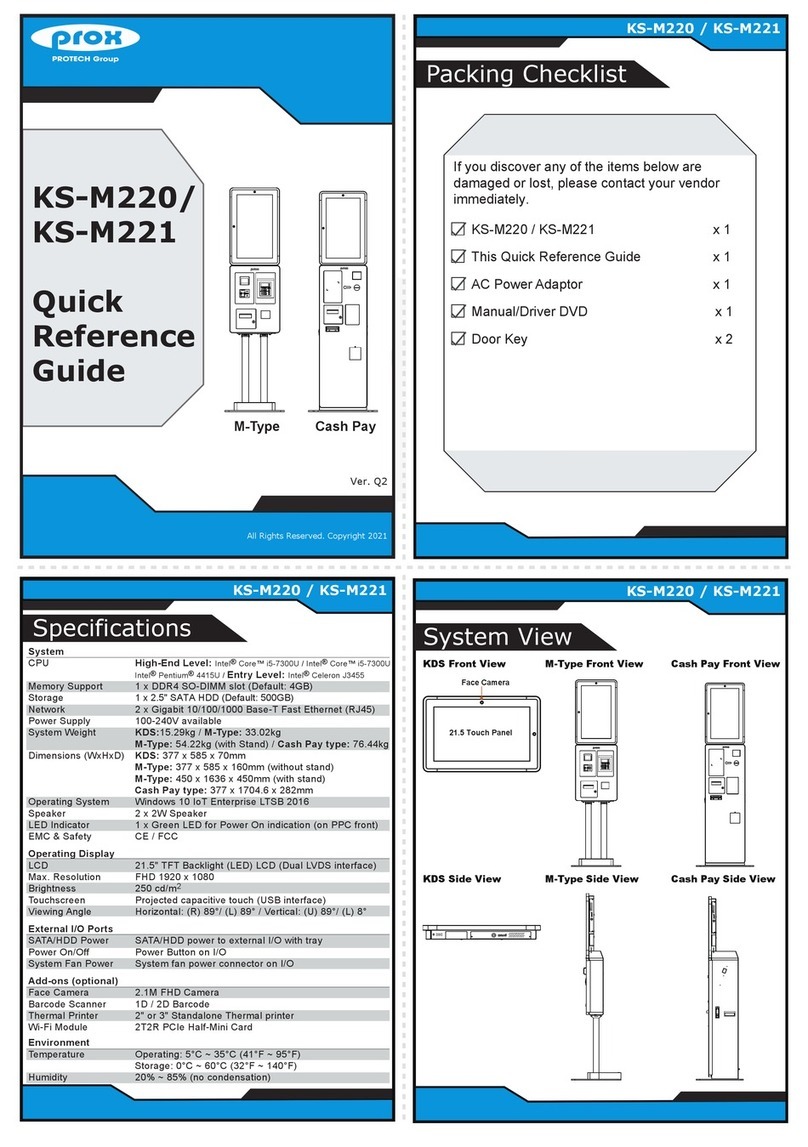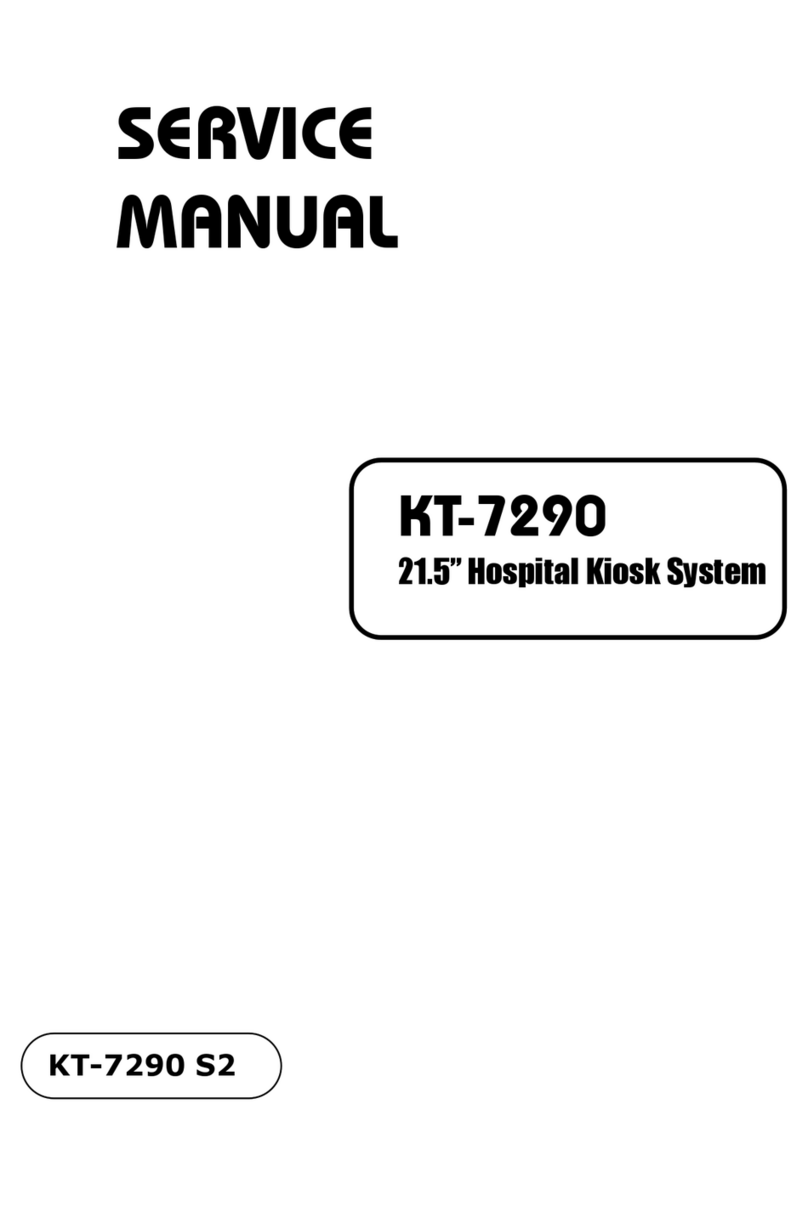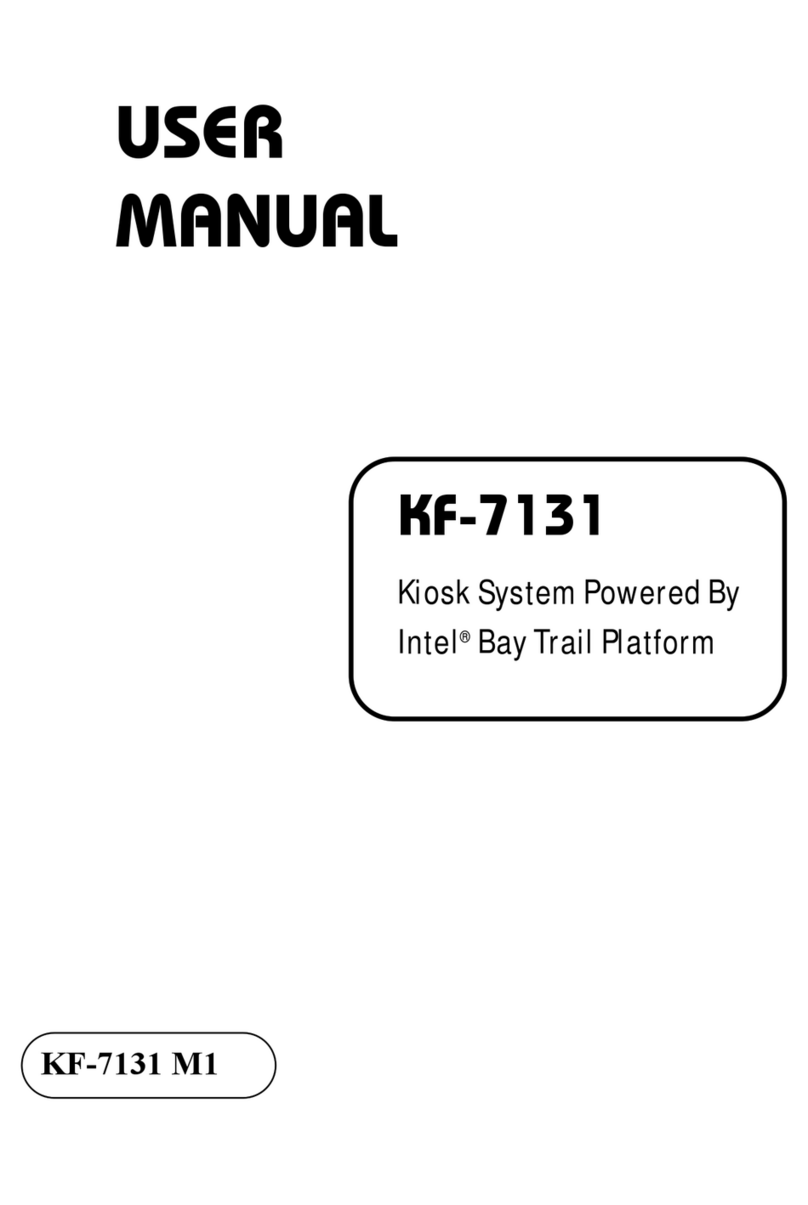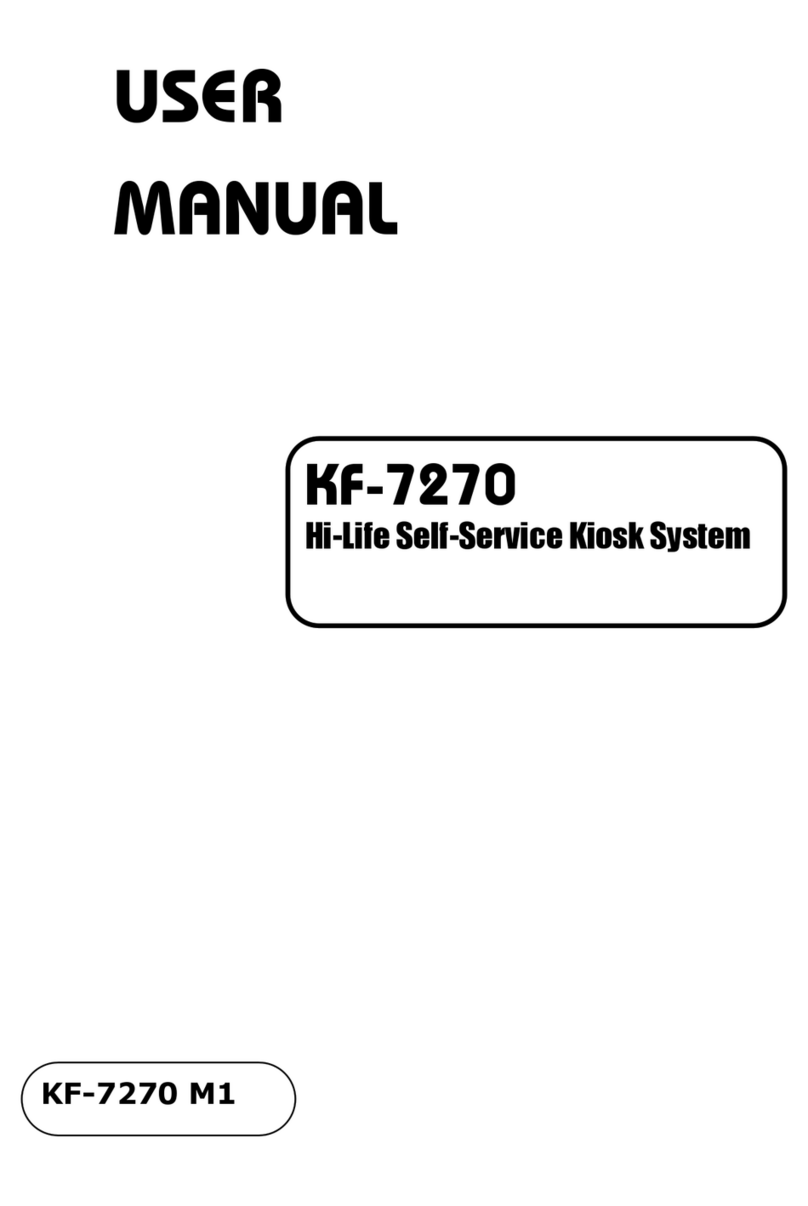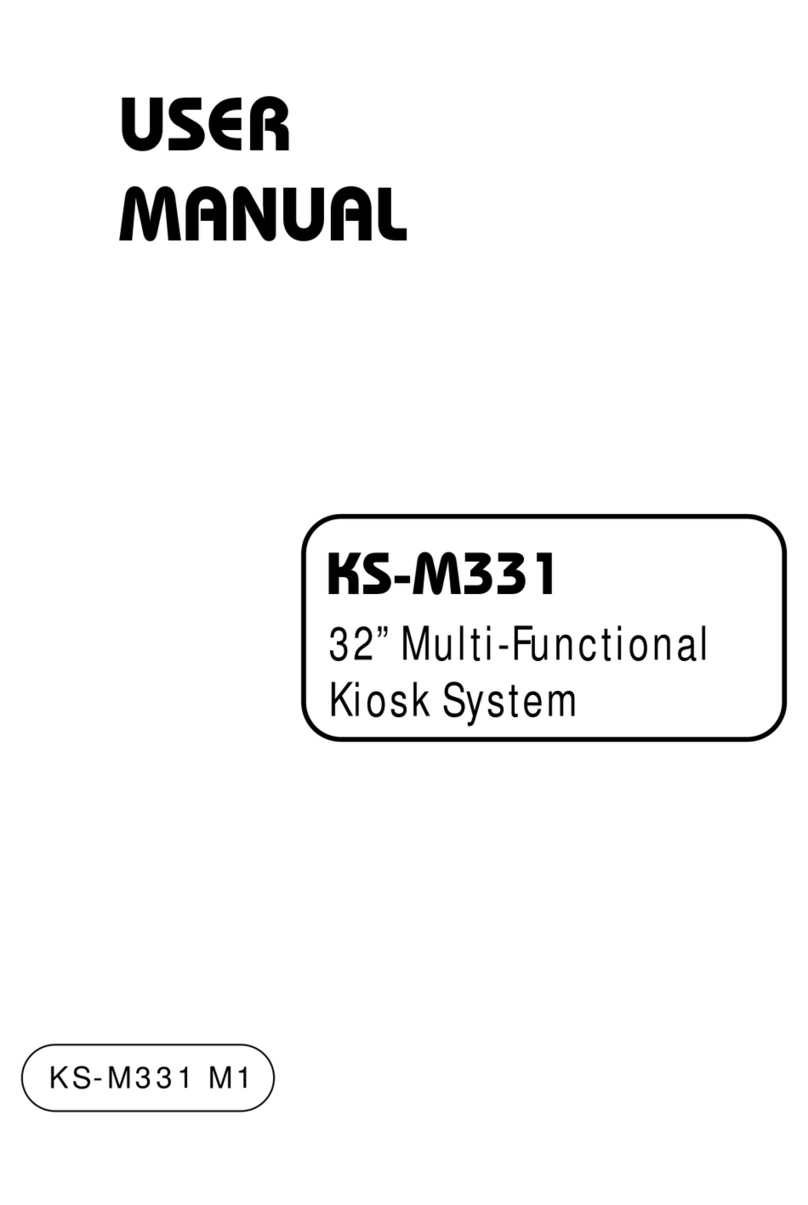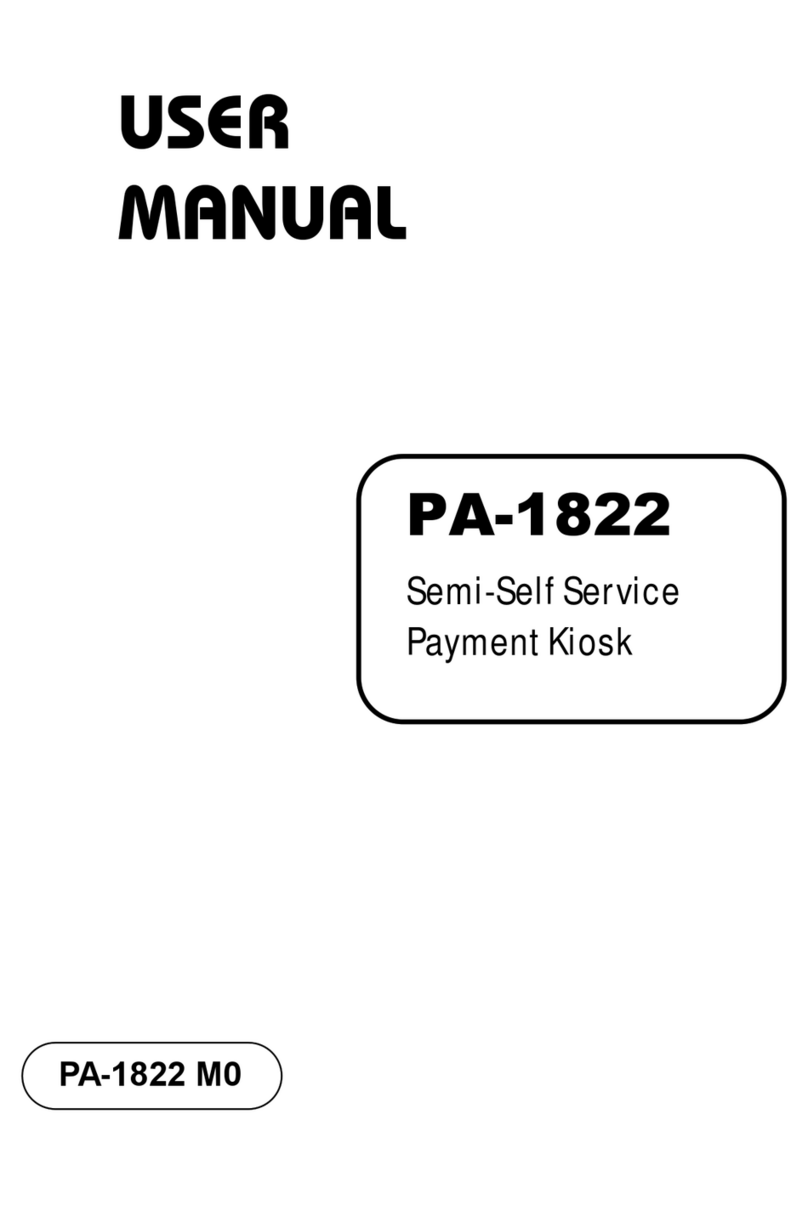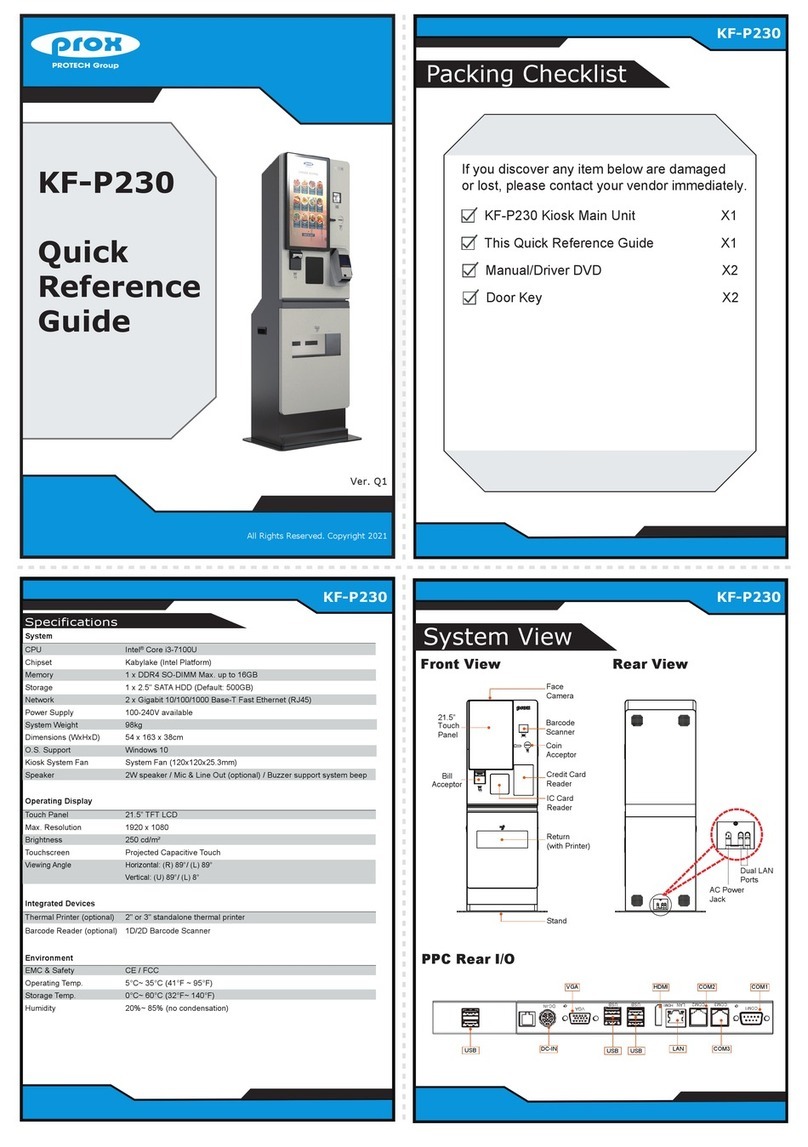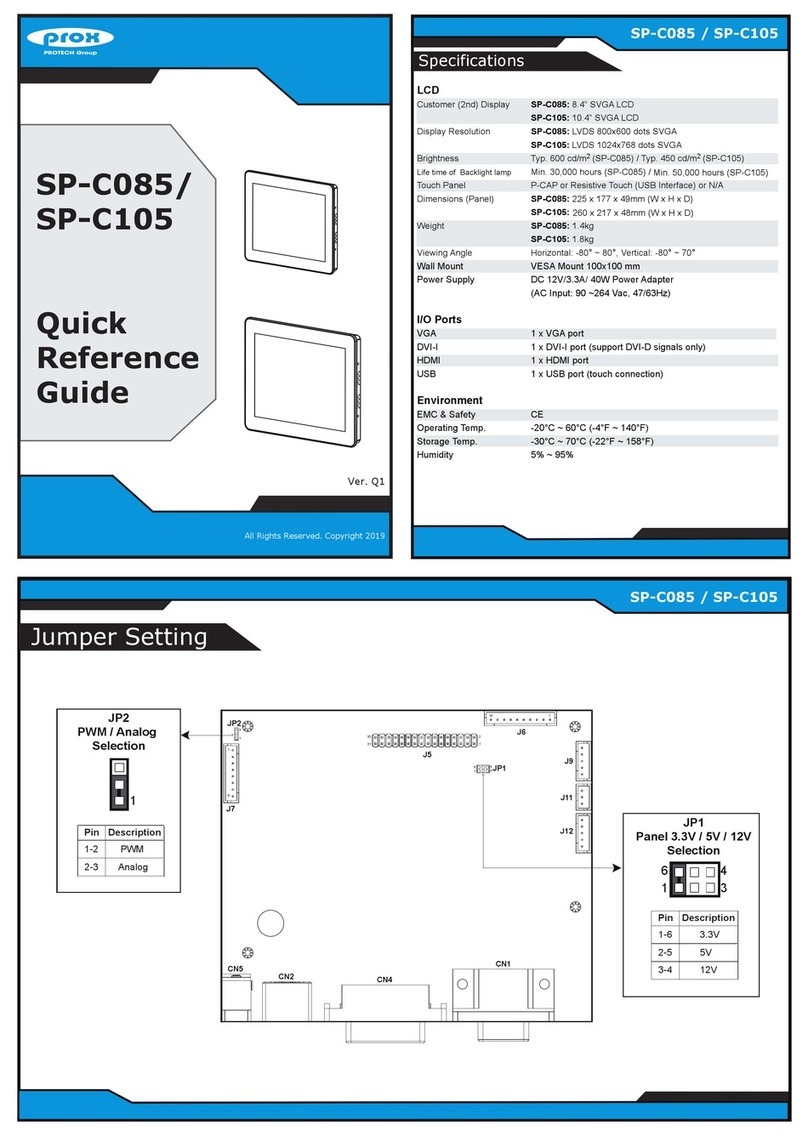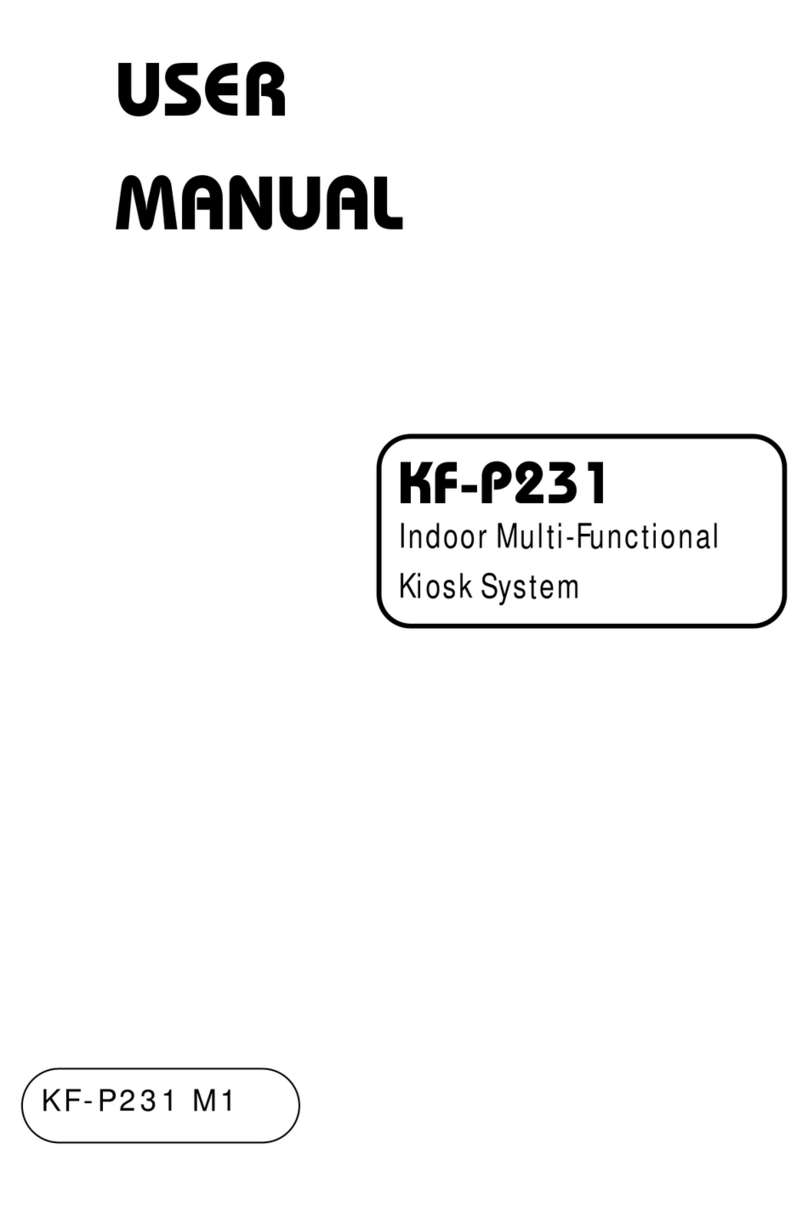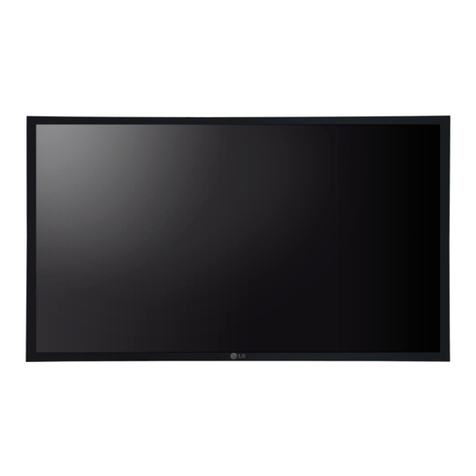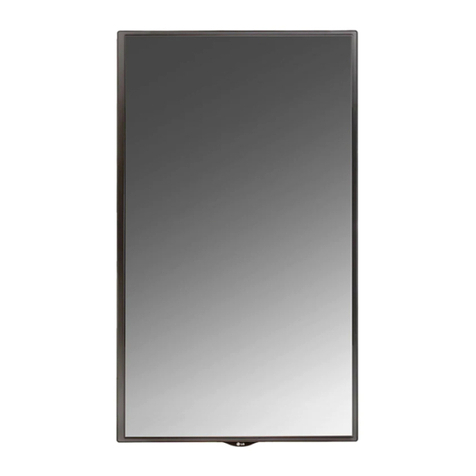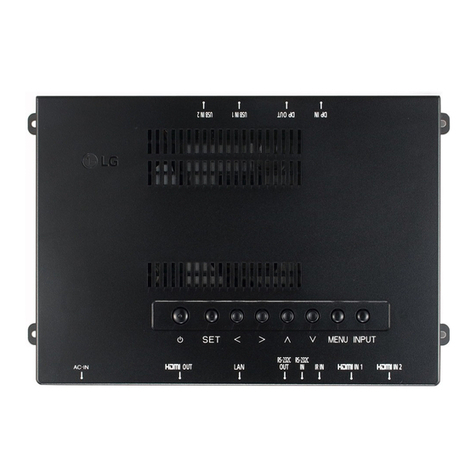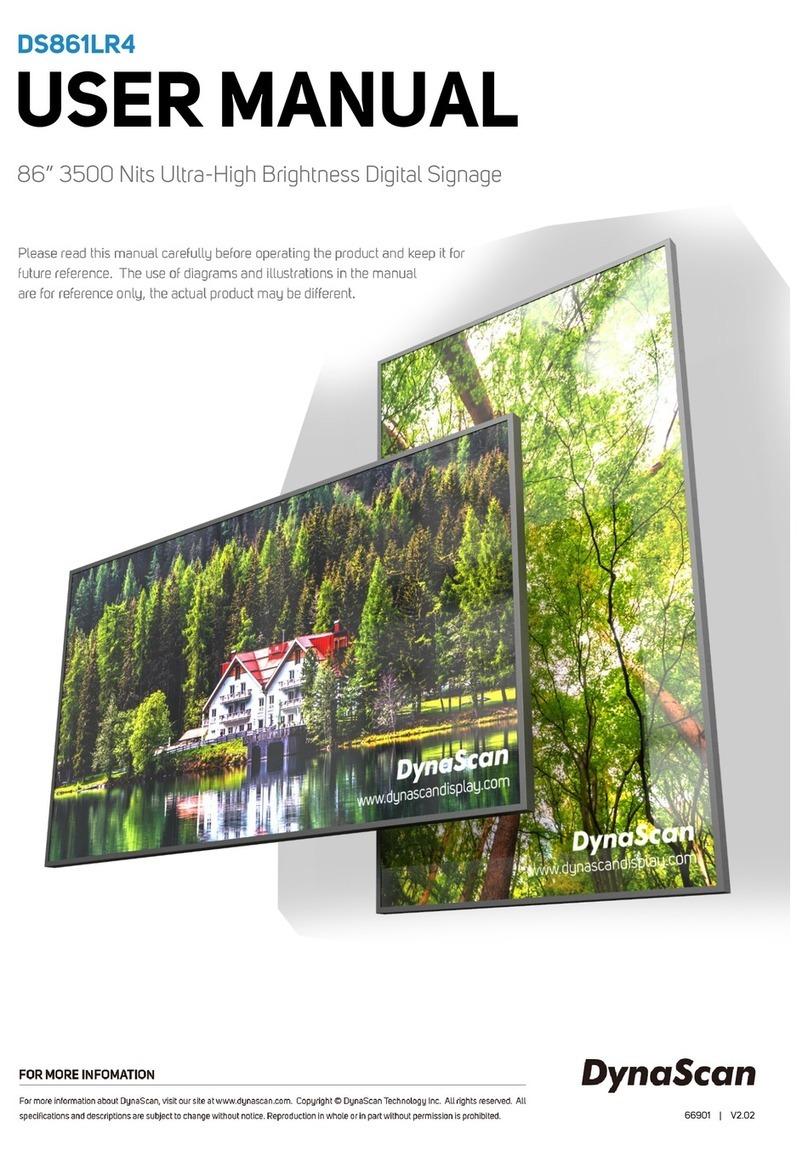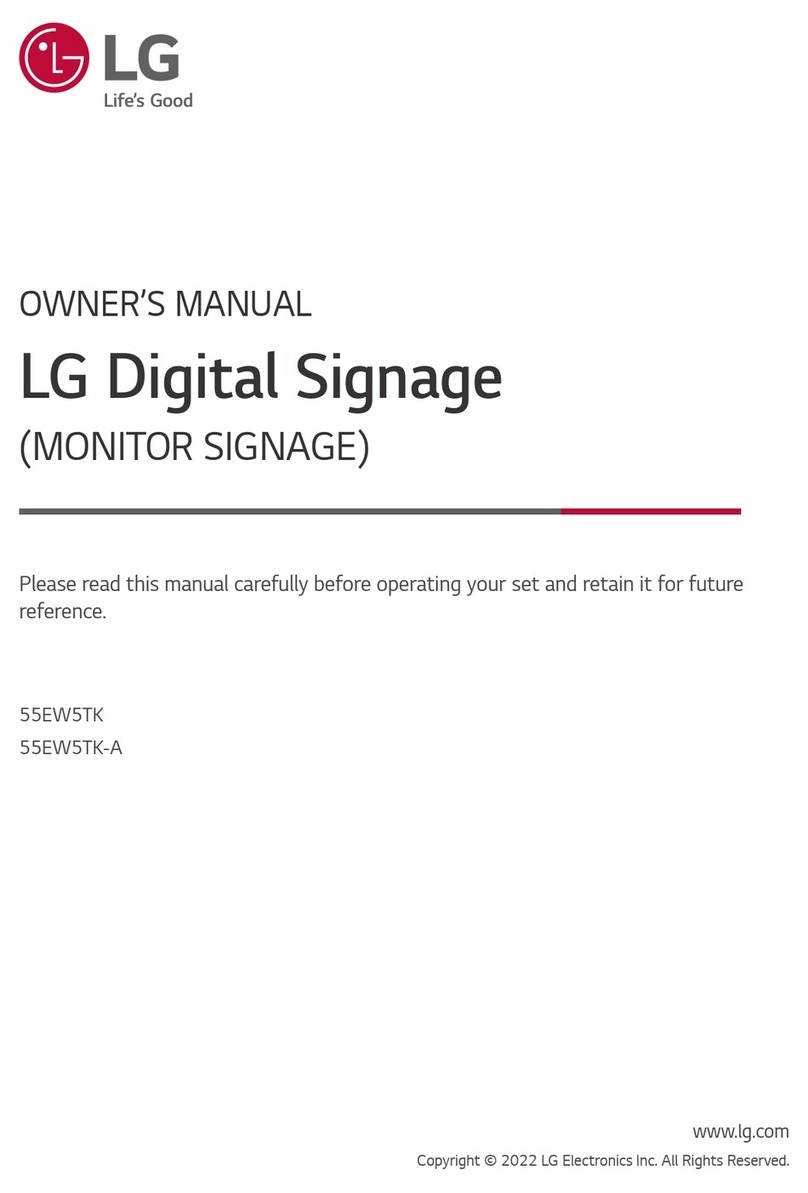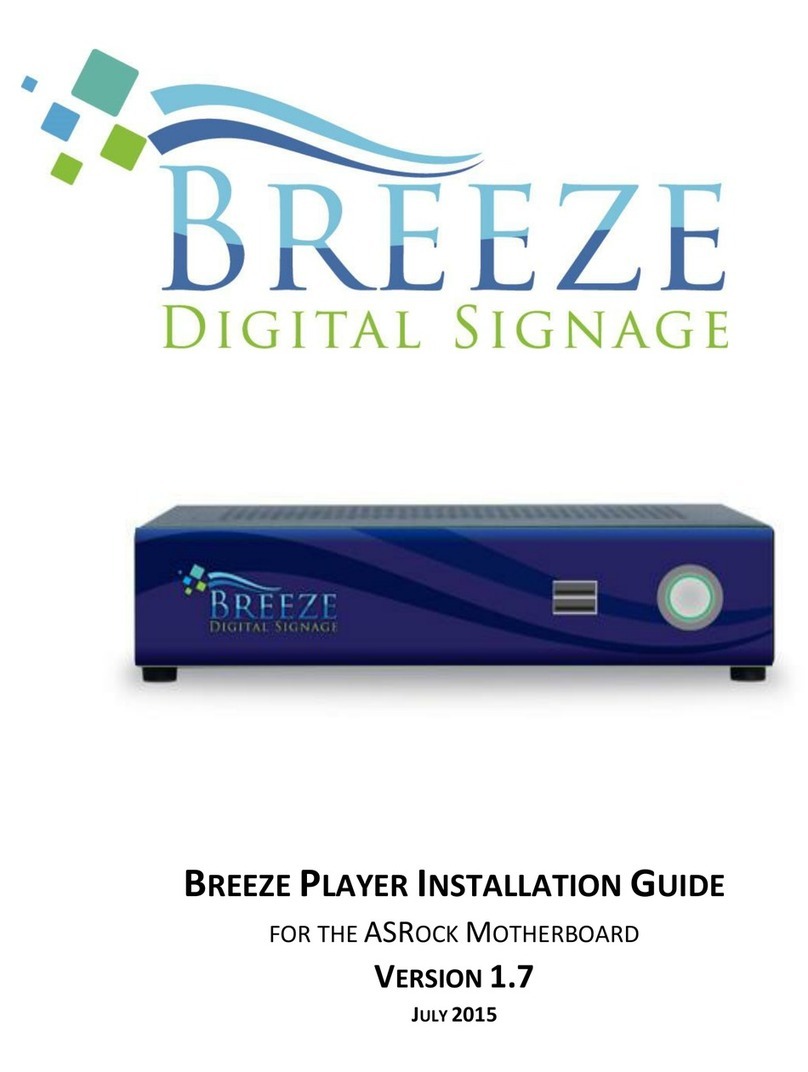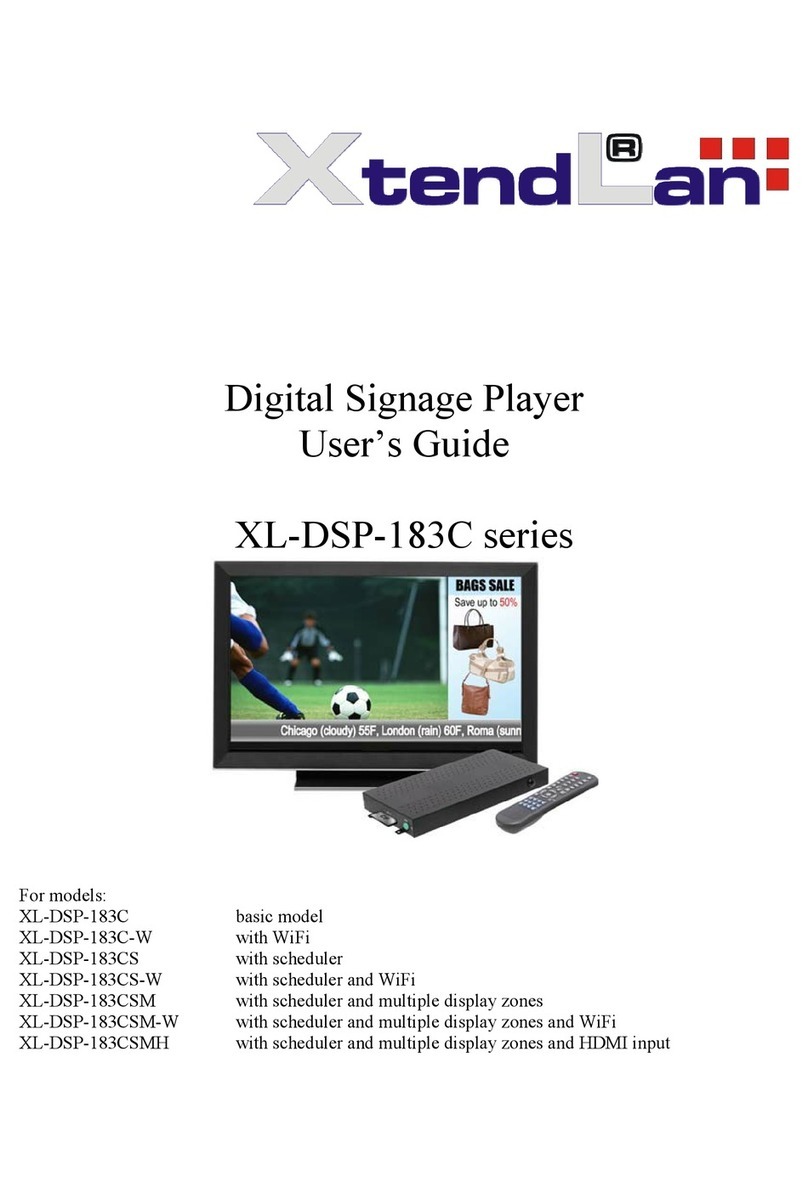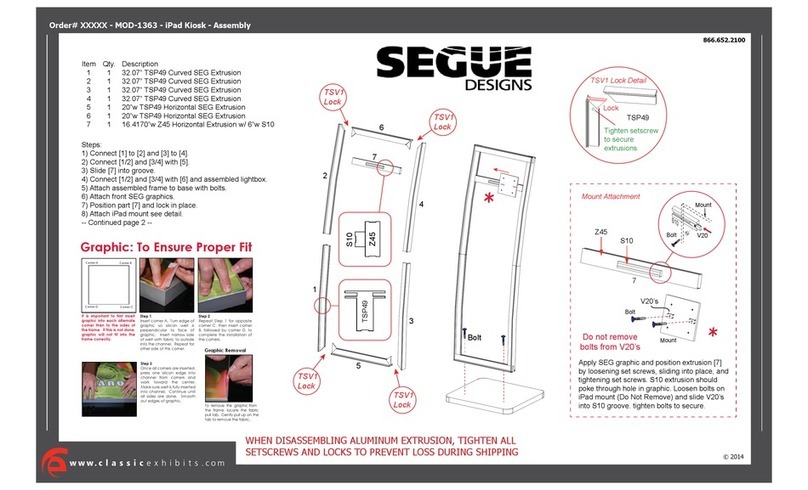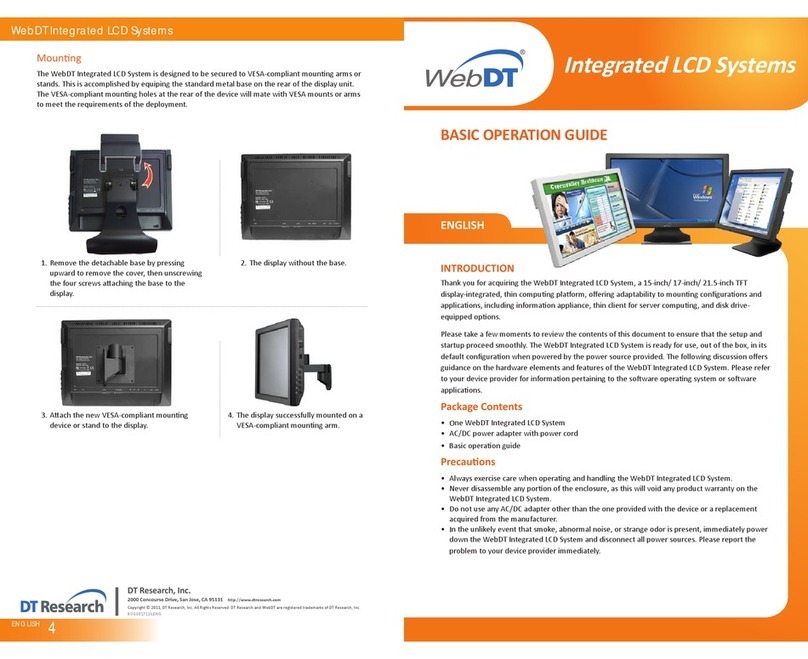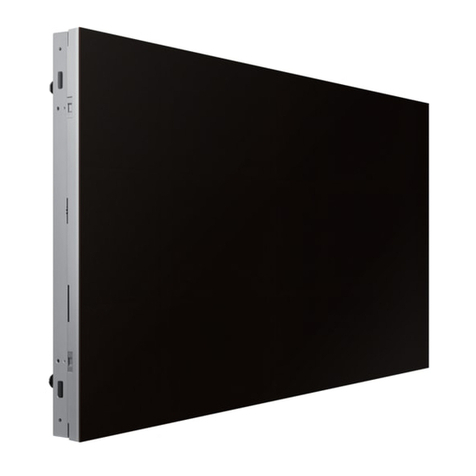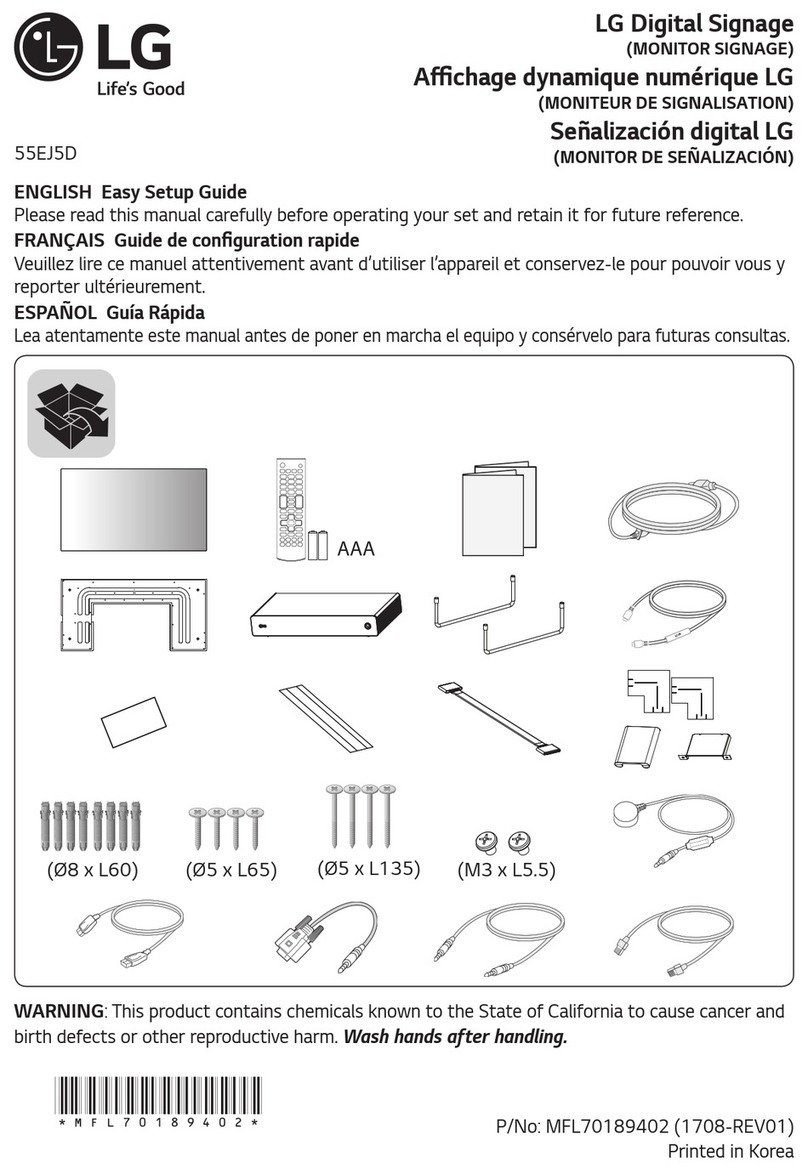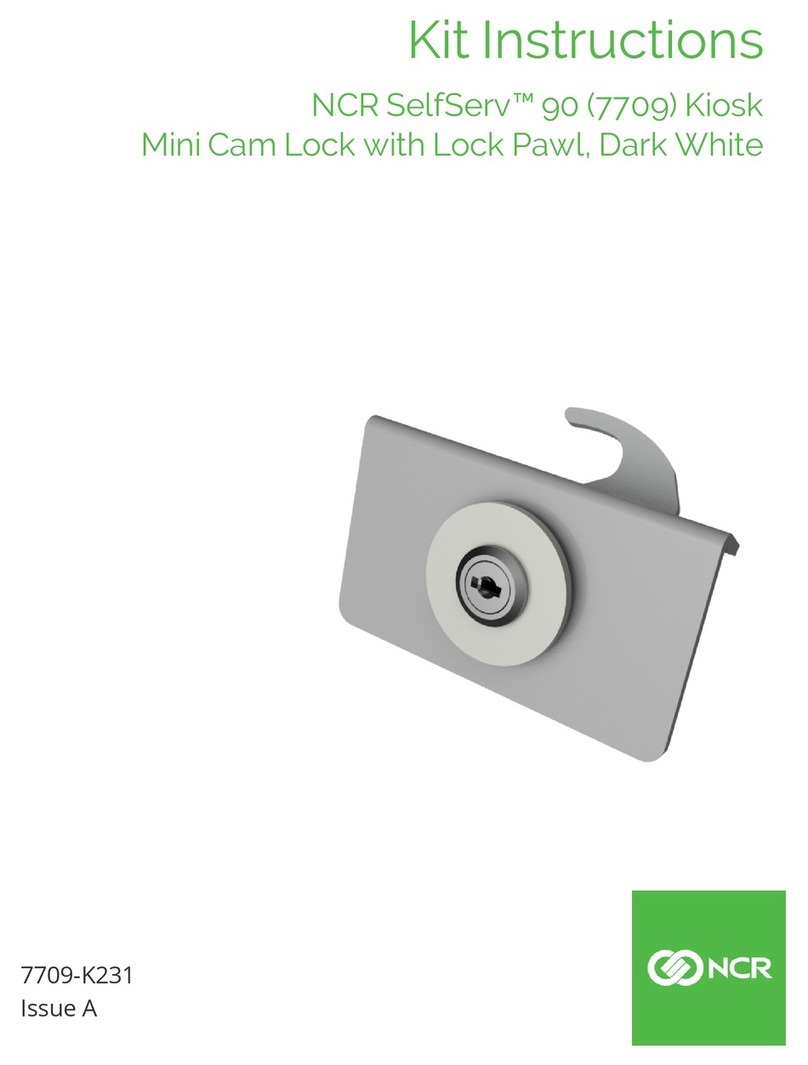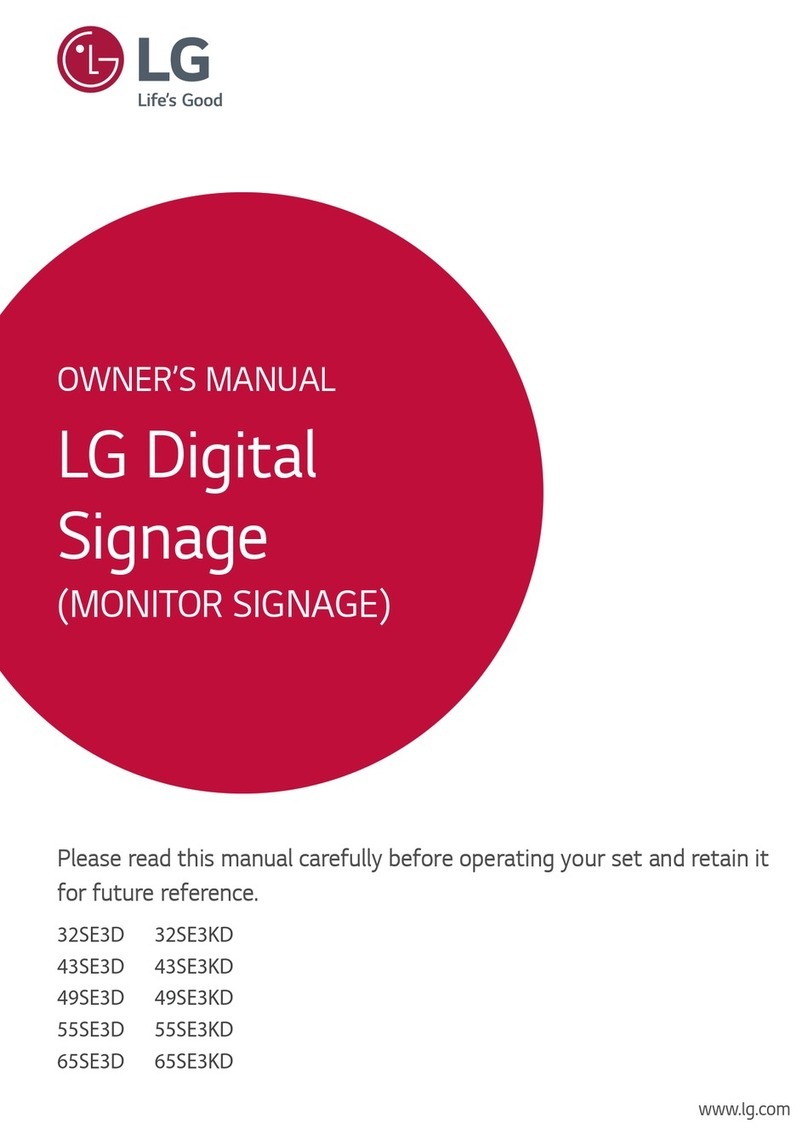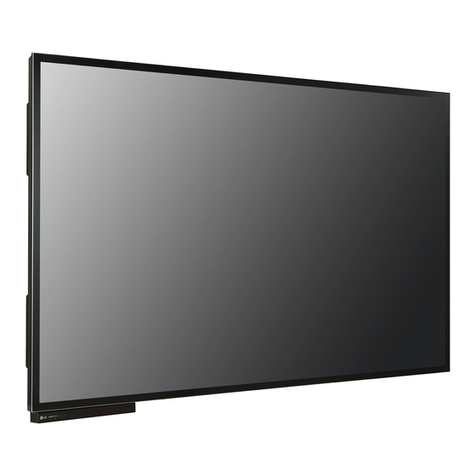
ii
JP_COM2, JP_COM3, JP_COM4) ...............3-16
3.2.11.2 i-Button Connector (I-BUT)............................3-16
3.2.11.3 i-Buttion Function Selection (JP22, JP23, JP24) .
.......................................................................3-17
3.2.11.4 Internal USB 2.0 Connectors (USB6, USB7,
USB9-1).........................................................3-18
3.2.11.5 Cash Drawer Selection (JP17)......................3-19
3.2.11.6 Cash Drawer Power Selection (JP16)...........3-23
3.2.11.7 LED Connectors (PWR_LED, HDD_LED) ....3-24
3.2.11.8 System Fan and CPU FAN Connectors
(SYS_FAN1, CPU_FAN1) .............................3-25
3.2.11.9 Power Input Connectors (PWR_IN1, PWR_IN2) .
.......................................................................3-26
3.2.11.10 Power Connectors (DC24V, DC12V, DC5V).3-27
3.2.11.11 Power Switch Connectors (SW1, SW2)........3-28
3.2.11.12 External Speaker Connectors (SPK1, SPK2)
(option)...........................................................3-29
3.2.11.13 Speaker Selection (JP13)..............................3-30
3.2.11.14 Inverter Connector (JINV1)............................3-31
3.2.11.15 LVDS Connector (LVDS1) .............................3-32
3.2.11.16 LVDS Power Selection (JP25).......................3-33
3.2.11.17 LVDS Backlight Type Selection (JP26)..........3-34
3.2.11.18 MSR/Card Reader Connector (PS2_1).........3-35
3.2.11.19 SATA & SATA Power Connectors (SATA1, SATA2,
SATA_PWR1, SATA_PWR2).........................3-36
3.2.11.20 Touch Panel Connector.................................3-37
3.2.11.21 Touch Panel & USB9-1 Selection (JP18, JP19)...
.......................................................................3-38
3.2.11.22 LVDS Output Resolution Selection (JP8, JP9).....
